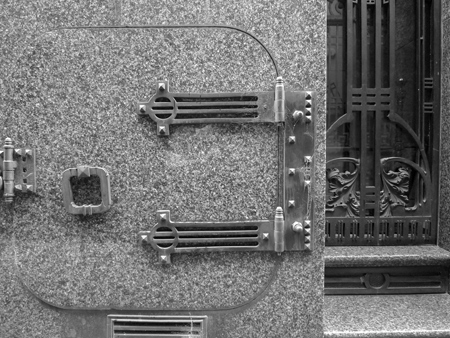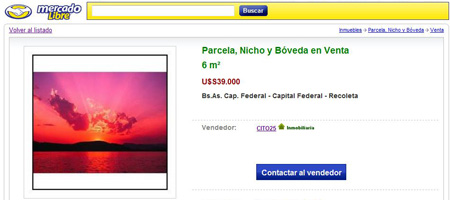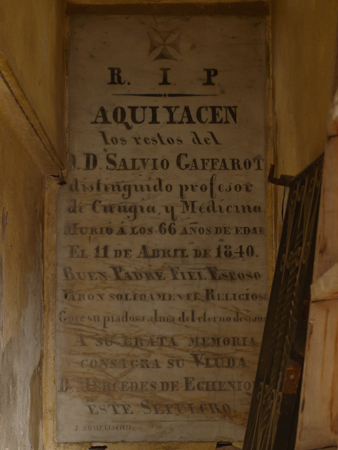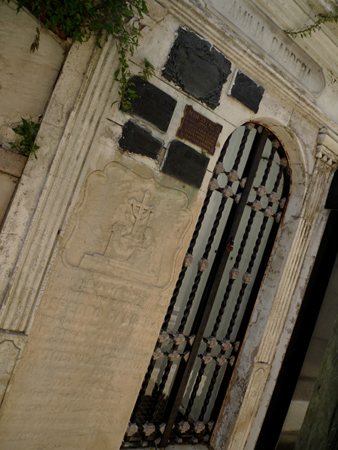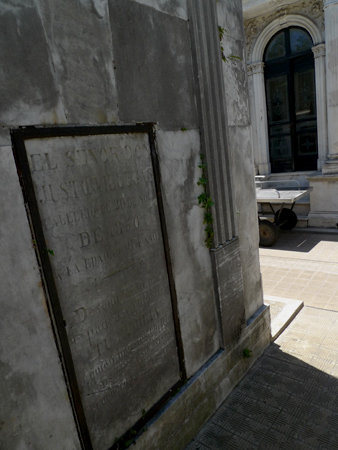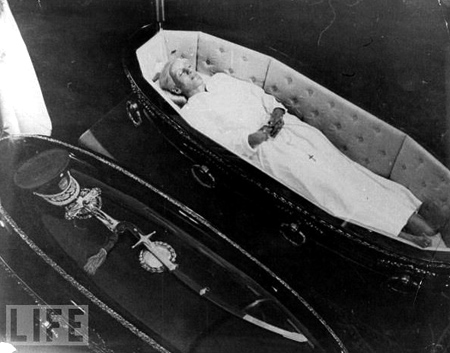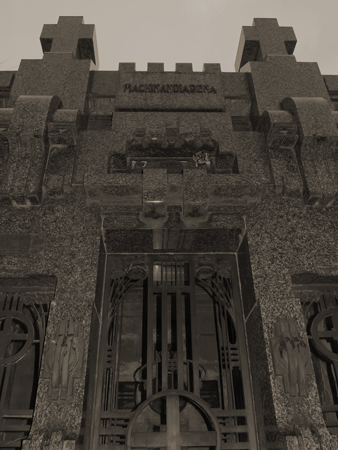
María Teresa has laid in the Machinandiarena family vault since 1985, but her husband arrived a few years earlier. Producer, director & actor Armando Bó, one of the most interesting personalities of Argentine cinema due to his symbiotic union with —it’s impossible to speak about one without mentioning the other— the unrivaled Argentine erotic diva, Isabel “Coca” Sarli.
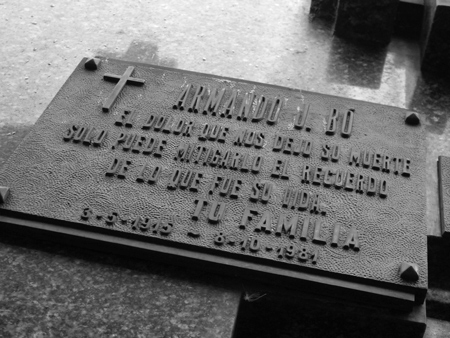
Armando was already famous for producing & acting in “Pelota de trapo” (1948), a master work which can be compared to the best in the Italian Neorealism genre. But he discovered Isabel Sarli —Miss Argentina 1955— & created an amazing 27 films where cheap melodrama & syrupy love ballads mix with fantastic landscapes & exotic tropical locales. It all served as a backdrop for the voluptuous body of Isabel, who in spite of her professed shyness filmed some of the most steamy scenes ever in Argentine cinema… often in the nude, bathing in every river or lagoon appearing the movie. Armando Bó & his son, Victor, were the men in her movies, making for a strange, incestuous love triangle. But despite his well-known affair, Armando never left his wife, María Teresa.
Who better to explain that strange relationship than John Waters? The video clip below contains his introduction to the movie “Fuego” (1969) as part of his television series “John Waters presents movies that will corrupt you.” Following the intro are selected scenes from movies containing the Bó-Sarli duo… ending with the phrase which has turned into Coca’s trademark: “¿Qué pretende de mí?” meaning “What do you want from me?” It’s pretty obvious.
Armando Bó had numerous problems with censorship in Argentina, & all of his movies were shown with entire sections cut. He passed away three years before the end of the last military dictatorship & its oppressive censorship. One important detail about the Machinandiarena family vault… it is not common to see a side door like this one, used to place caskets inside without having to navigate the narrow main door:
